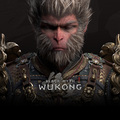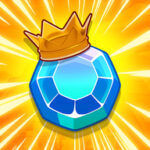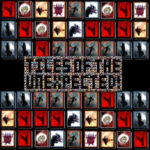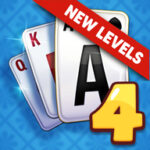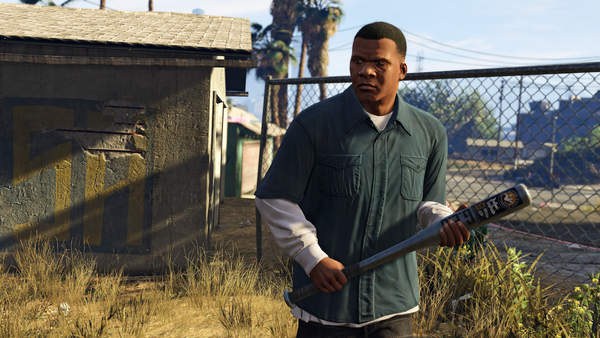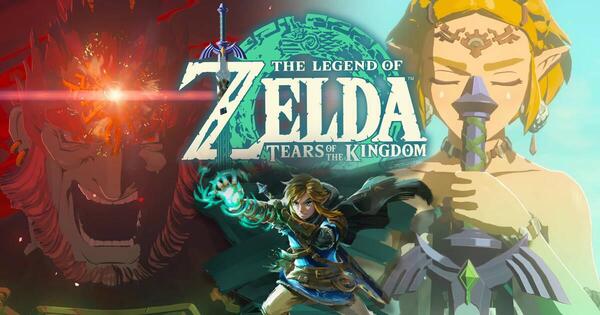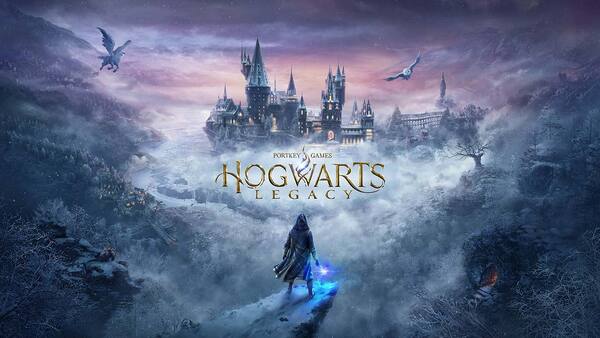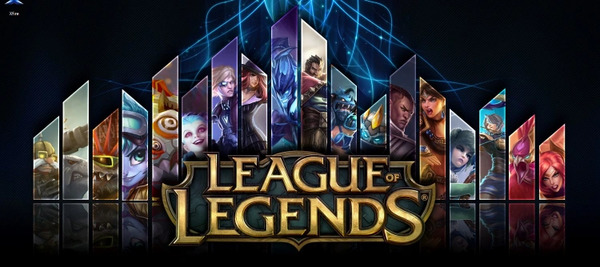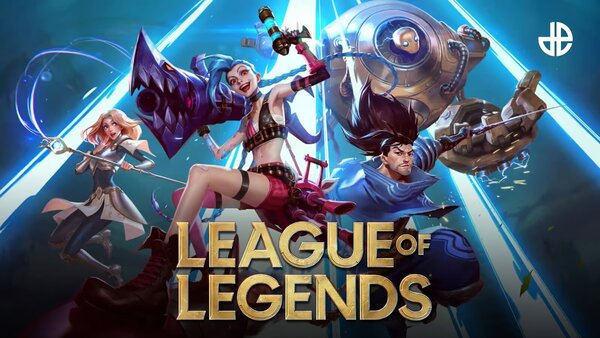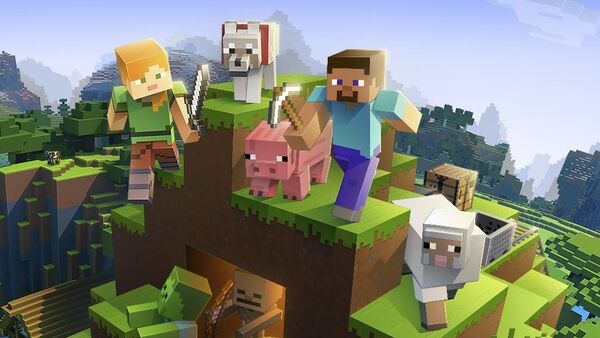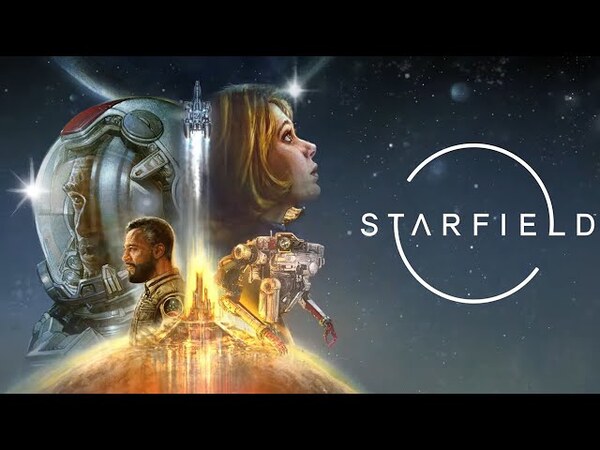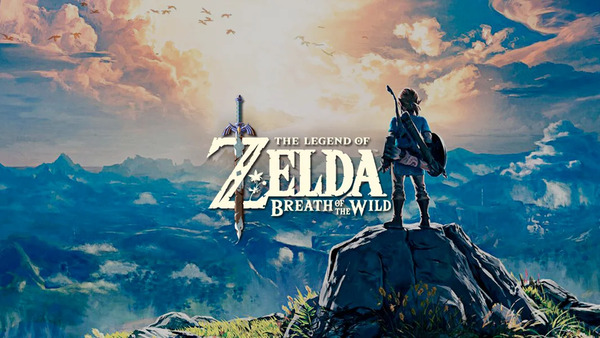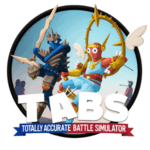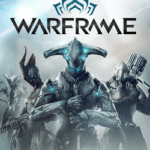League of Legends, developed and published by Riot Games, is one of the most influential and widely played multiplayer online battle arena (MOBA) games in the world. Since its release in 2009, League of Legends—commonly referred to as LoL—has evolved from a niche competitive title into a global esports juggernaut with millions of daily active players. Its rich lore, constantly expanding champion pool, and intense strategic gameplay have helped maintain its position at the top of the gaming industry for more than a decade. With a free-to-play model and accessible system requirements, League of Legends opened the doors for players from around the world to experience its 5v5 team-based battles. Set in the fictional universe of Runeterra, the game offers both deep competitive mechanics and narrative immersion. Whether you're a casual player looking to climb the ranked ladder or an esports fan cheering for your favorite team on the world stage, League of Legends provides one of the most dynamic gaming experiences in modern history.
1. The Origins and Early Development of League of Legends
League of Legends was conceived by former Defense of the Ancients (DotA) modders and Riot Games founders Brandon Beck and Marc Merrill. Their vision was to create a standalone MOBA game that would improve upon the DotA formula by offering a more polished experience, continuous updates, and a dedicated matchmaking system. Released in October 2009, the game launched with 40 champions and quickly gained traction due to its fast-paced gameplay, stylized visuals, and competitive depth. Riot Games emphasized community feedback and iterative development. Frequent patches, champion reworks, and direct communication with players helped foster loyalty and trust among the fanbase. The studio also invested in game stability and server improvements, laying a strong foundation for the game’s explosive growth in the years to come. Rating: 4.8 out of 5 for foundational design and community engagement
2. The MOBA Format and Core Gameplay Mechanics
League of Legends centers around two teams of five players competing to destroy the opposing team's Nexus, located in their base. Each player controls a unique champion with distinct abilities and a specific role: top lane, jungle, mid lane, bot lane (ADC), and support. The game map, Summoner’s Rift, is divided into three lanes with turrets, jungle camps, and objectives like Dragons and Baron Nashor that provide strategic advantages. Strategy, timing, and teamwork are critical to success. Players must master mechanics like last-hitting minions, warding for vision control, and managing gold and experience. Item builds and champion synergy evolve throughout a match, rewarding adaptability and deep game knowledge. The combination of mechanical skill and tactical decision-making creates a steep but rewarding learning curve. Rating: 4.9 out of 5 for depth of gameplay and strategic complexity
3. Champion Diversity and Gameplay Evolution
League of Legends launched with 40 champions but now boasts a roster of over 160, each with unique abilities, lore, and playstyles. From marksmen and tanks to mages and assassins, every role caters to different player preferences. Riot continuously releases new champions and reworks older ones to keep gameplay fresh and balanced. The constant evolution of champion design allows the game to remain exciting even for veteran players. Champion kits have become more complex and nuanced over time, encouraging creativity and skill expression. This diversity also enables countless combinations of team compositions, counterpicks, and tactical approaches in every match. Rating: 4.8 out of 5 for champion variety and design innovation
4. Ranked System and Competitive Ladder
The ranked system in League of Legends is a driving force for its player engagement. Players are placed into tiers—Iron, Bronze, Silver, Gold, Platinum, Diamond, Master, Grandmaster, and Challenger—based on their performance in ranked matches. This competitive structure encourages improvement, progression, and prestige. Climbing the ranked ladder is both rewarding and punishing. Players gain or lose League Points based on match outcomes, and promotion or demotion can happen rapidly. Riot has introduced systems to improve competitive integrity, such as role selection, matchmaking based on MMR, and behavioral tools to reduce toxicity. While ranked play can be intense and emotionally taxing, it remains one of the most addictive aspects of the game. Rating: 4.5 out of 5 for competitive structure and progression
5. League of Legends Esports and Global Impact
League of Legends has become a cornerstone of the global esports industry. Riot Games launched the League of Legends Championship Series (LCS) in 2013, followed by regional leagues across Europe (LEC), Korea (LCK), China (LPL), and many others. These professional circuits culminate each year in the League of Legends World Championship, one of the most-watched esports events globally. Esports has elevated LoL from a casual game to a professional career path. Top players, coaches, analysts, and broadcasters have become household names in the gaming world. Riot’s production quality, storytelling, and event design have set industry standards, with elaborate stages, music videos, and virtual concerts. The competitive scene also fuels constant balance updates and meta changes. Rating: 5.0 out of 5 for esports excellence and global influence
6. Updates, Patches, and Meta Shifts
Riot Games releases bi-weekly patches that include balance changes, bug fixes, and updates to champions, items, and systems. These patches significantly affect the game’s meta—the dominant strategies and champion picks—which keeps gameplay dynamic and unpredictable. No two seasons feel the same. In addition to balance updates, Riot introduces seasonal events, rotating game modes, and new skins that add variety without altering core gameplay. Preseason changes bring major overhauls to items, runes, and jungle mechanics, encouraging players to relearn and adapt. The developers maintain transparency with detailed patch notes, dev blogs, and community Q&As. Rating: 4.7 out of 5 for update cadence and responsiveness
7. Monetization, Cosmetics, and In-Game Economy
League of Legends follows a free-to-play model supported by cosmetic microtransactions. Players can purchase skins, chromas, emotes, and ward skins using Riot Points, the game's premium currency. None of these purchases affect gameplay, which preserves competitive fairness. Riot has expanded its monetization through skin lines, prestige editions, and event passes. While some players criticize the cost of cosmetics or loot box mechanics, the system remains non-pay-to-win. Additionally, Riot provides generous ways to earn free content through missions, battle passes, and daily rewards. The in-game store and crafting system allow players to unlock content over time without spending money. Rating: 4.4 out of 5 for fair monetization and aesthetic value
8. Community, Behavior Systems, and Player Support
League of Legends has one of the largest and most passionate player bases in the world. However, its community has historically struggled with toxicity and poor in-game behavior. Riot has implemented behavioral systems like honor rewards, automated chat moderation, and reporting tools to address these issues. Initiatives like the Tribunal (now retired), honor leveling, and real-time feedback aim to promote positive play. While progress has been made, toxicity remains a concern, particularly in ranked modes. Riot continues to refine its systems to encourage sportsmanship and reduce disruptive behavior. Rating: 3.9 out of 5 for community culture and behavioral management
9. Expanding the Universe: Lore, Arcane, and Spin-Offs
League of Legends has expanded far beyond the game itself. The lore of Runeterra has developed into a full-fledged universe, featuring rich backstories for champions, factions, and regions like Demacia, Noxus, Ionia, and the Shadow Isles. Riot has released comics, cinematics, and short stories to build the narrative world. The 2021 release of Arcane, the animated Netflix series set in the League universe, was a cultural phenomenon. Praised for its animation, storytelling, and character depth, Arcane introduced millions of new fans to LoL’s lore and boosted its mainstream appeal. Riot Forge, a publishing label for third-party games, has also expanded the brand with spin-offs like Ruined King and Hextech Mayhem. Rating: 5.0 out of 5 for worldbuilding and transmedia expansion
10. The Future of League of Legends and Its Lasting Legacy
League of Legends continues to evolve through new champions, game modes, esports innovations, and expanded media. Riot remains committed to the game’s growth with plans for more content, competitive refinement, and community engagement. The game’s legacy is already cemented as one of the most important titles in gaming history. Its influence spans genres, platforms, and business models. As new games rise and fall, League of Legends persists because of its balance of competitive intensity, community loyalty, and creative innovation. Whether you are a new player or a ten-year veteran, the game remains as engaging as ever. Rating: 4.9 out of 5 for longevity and influence
Conclusion: League of Legends as a Defining Force in Gaming
League of Legends is not just a game—it is a platform, a competitive sport, a narrative universe, and a social network. It has revolutionized how online multiplayer games are played, watched, and shared. Through its free-to-play model, diverse champion pool, strategic depth, and ever-growing esports scene, LoL continues to captivate millions around the world. While not without flaws—including issues with toxicity and monetization balance—it stands as a shining example of what consistent vision, community involvement, and iterative design can achieve. For gamers who crave skill, strategy, and a world that grows with them, League of Legends remains the undisputed king of MOBAs.
Final Overall Rating: 4.8 out of 5
League of Legends has redefined competitive gaming and shows no signs of slowing down. It is a living legend in the digital age.










